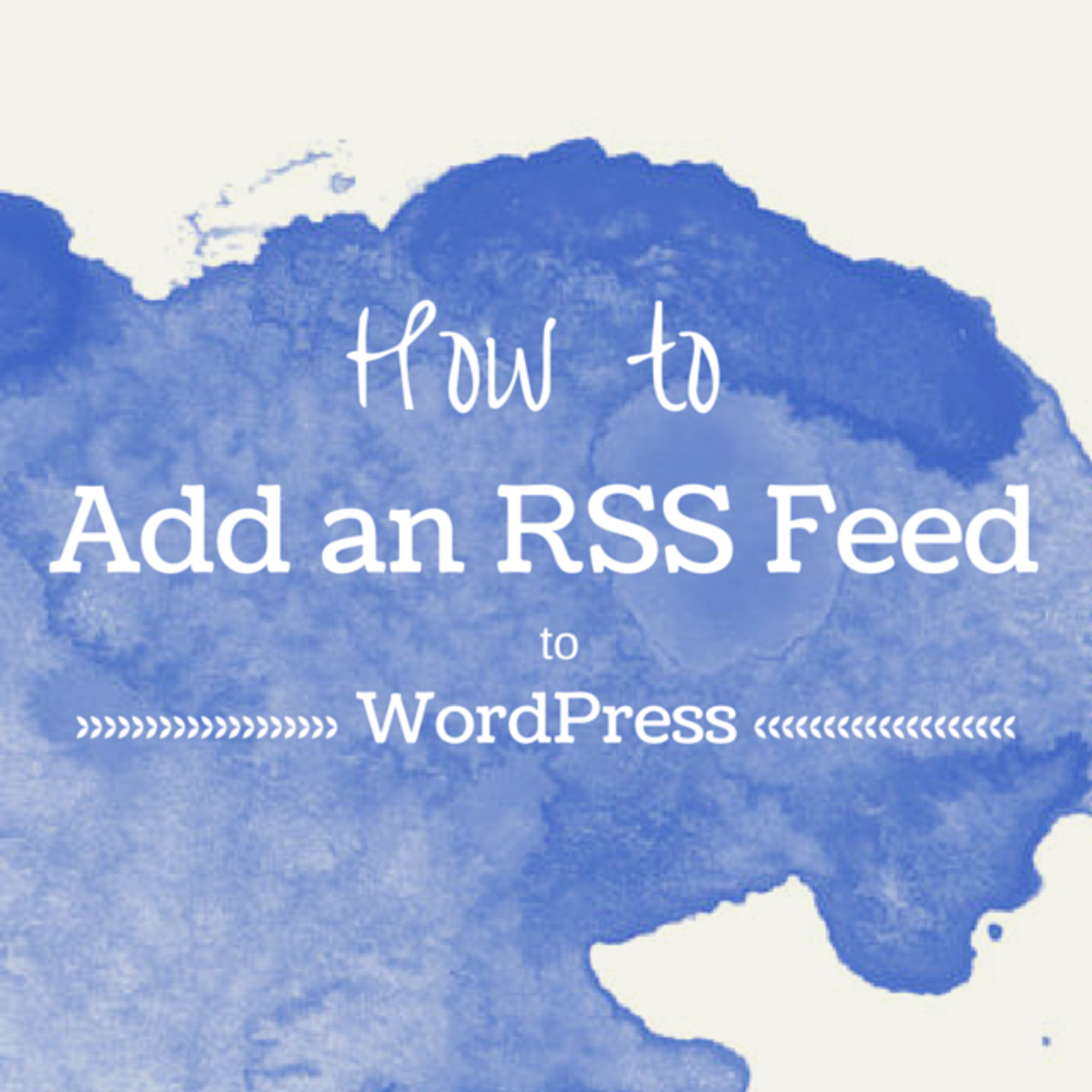Developing Wordpress Theme - Part 3 - Integrating Template with wordpress
This article is continuing from this tutorial and if you find difficulty in understanding any section of this page, then, I would recommend you to read previous article of this tutorial.
In this tutorial, We are going to integrate our template designed in last tutorial with WordPress. We will do this task by adding 'php code' at required spot in our template and all other work will be done by WordPress itself. Well, this is not so much complex task you're wondering but we should have basic understanding/knowledge of those php codes.
Let's come directly to example, see the code below which you could paste inside 'index.php' file in our theme folder.

And, Here comes the code, which you need to/should paste inside '<div>' tag whose attribute 'id' is equal to 'Content_Area' in 'single.php' file. It is very easy to understand, Just try it out.
<?php if ( have_posts() ) while ( have_posts() ) : the_post(); ?> <div id="nav-above" class="navigation"> <div class="nav-previous"><?php previous_post_link( '%link', '<span class="meta-nav">' . _x( '←', 'Previous post link', 'twentyten' ) . '</span> %title' ); ?></div> <div class="nav-next"><?php next_post_link( '%link', '%title <span class="meta-nav">' . _x( '→', 'Next post link', 'twentyten' ) . '</span>' ); ?></div> </div><!-- #nav-above --> <div id="post-<?php the_ID(); ?>" <?php post_class(); ?>> <h1 class="entry-title"><?php the_title(); ?></h1> <div class="entry-meta"> <?php twentyten_posted_on(); ?> </div><!-- .entry-meta --> <div class="entry-content"> <?php the_content(); ?> <?php wp_link_pages( array( 'before' => '<div class="page-link">' . __( 'Pages:', 'twentyten' ), 'after' => '</div>' ) ); ?> </div><!-- .entry-content --> <?php if ( get_the_author_meta( 'description' ) ) : // If a user has filled out their description, show a bio on their entries ?> <div id="entry-author-info"> <div id="author-avatar"> <?php echo get_avatar( get_the_author_meta( 'user_email' ), apply_filters( 'twentyten_author_bio_avatar_size', 60 ) ); ?> </div><!-- #author-avatar --> <div id="author-description"> <h2><?php printf( esc_attr__( 'About %s', 'twentyten' ), get_the_author() ); ?></h2> <?php the_author_meta( 'description' ); ?> <div id="author-link"> <a href="<?php echo get_author_posts_url( get_the_author_meta( 'ID' ) ); ?>"> <?php printf( __( 'View all posts by %s <span class="meta-nav">→</span>', 'twentyten' ), get_the_author() ); ?> </a> </div><!-- #author-link --> </div><!-- #author-description --> </div><!-- #entry-author-info --> <?php endif; ?> <div class="entry-utility"> <?php twentyten_posted_in(); ?> <?php edit_post_link( __( 'Edit', 'twentyten' ), '<span class="edit-link">', '</span>' ); ?> </div><!-- .entry-utility --> </div><!-- #post-## --> <div id="nav-below" class="navigation"> <div class="nav-previous"><?php previous_post_link( '%link', '<span class="meta-nav">' . _x( '←', 'Previous post link', 'twentyten' ) . '</span> %title' ); ?></div> <div class="nav-next"><?php next_post_link( '%link', '%title <span class="meta-nav">' . _x( '→', 'Next post link', 'twentyten' ) . '</span>' ); ?></div> </div><!-- #nav-below --> <?php comments_template( '', true ); ?> <?php endwhile; // end of the loop. ?>
And here below is code for 'about.php' file which you can paste in same place just like you've done in 'single.php' file.
<?php if ( have_posts() ) while ( have_posts() ) : the_post(); ?>
<div id="post-<?php the_ID(); ?>" <?php post_class(); ?>>
<?php if ( is_front_page() ) { ?>
<h2 class="entry-title"><?php the_title(); ?></h2>
<?php } else { ?>
<h1 class="entry-title"><?php the_title(); ?></h1>
<?php } ?>
<div class="entry-content">
<?php the_content(); ?>
<?php wp_link_pages( array( 'before' => '<div class="page-link">' . __( 'Pages:', 'twentyten' ), 'after' => '</div>' ) ); ?>
<?php edit_post_link( __( 'Edit', 'twentyten' ), '<span class="edit-link">', '</span>' ); ?>
</div><!-- .entry-content -->
</div><!-- #post-## -->
<?php comments_template( '', true ); ?>
<?php endwhile; ?>And, Here is the code for 'search.php' file, do the same with this like that you've done in last two files.
<?php if ( have_posts() ) : ?> <h1 class="page-title"><?php printf( __( 'Search Results for: %s', 'twentyten' ), '<span>' . get_search_query() . '</span>' ); ?></h1> <?php /* Run the loop for the search to output the results. * If you want to overload this in a child theme then include a file * called loop-search.php and that will be used instead. */ get_template_part( 'loop', 'search' ); ?> <?php else : ?> <div id="post-0" class="post no-results not-found"> <h2 class="entry-title"><?php _e( 'Nothing Found', 'twentyten' ); ?></h2> <div class="entry-content"> <p><?php _e( 'Sorry, but nothing matched your search criteria. Please try again with some different keywords.', 'twentyten' ); ?></p> <?php get_search_form(); ?> </div><!-- .entry-content --> </div><!-- #post-0 --> <?php endif; ?>
And, that's all, Our new them is ready for serving content to visitors. Well, I think you're hoping that, I'll be teach you how to handle basic elements of WordPress theme i.e looks, feel etc. but I'll make You little sad by this statement "My purpose of this tutorial is to Just only teach, How to enter in this area of 'WordPress theme development' by following some easy steps". So, that Your little time on understanding it's mechanism could be saved.
Believe me, I need to write a full book for whole tutorial, if I include each and every point in it. But, I think you're Intelligent Enough to learn advanced techniques yourself instead of wasting your time in reading books on this subject as there are many more things in life such as 'Going for a adventure with family' :) Smiles.
Thanks for reading.






